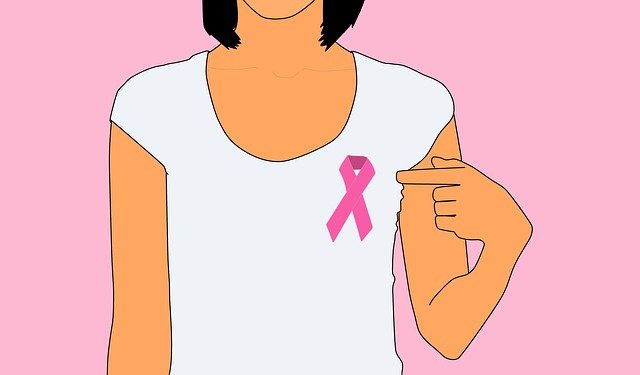
Mammography screening for breast cancer is widely available women in many countries.
It is an x-ray imaging method that can examine the breast for early detection of breast cancer and other breast diseases.
During a mammogram, a woman puts one of her breasts on a flat support plate. The breast is compressed with a parallel plate called a paddle.
An x-ray machine produces a small burst of x-rays that pass through the breast to a detector located on the opposite side.
The produced images are called mammograms, in which tumors can be recognized on a grey background.
While it is widely suggested that women should get their first mammogram at age of 40, recently scientists have found that a personalized first mammogram time may be better.
For example, researchers from University of Michigan suggest that the first mammogram time depends on whom would take the test.
If a woman has a strong family history of breast cancer without a known genetic predisposition, she may have higher risk of breast cancer and should start to do mammogram early.
If a woman’s gene shows presence of BRCA1 and BRCA2 that are linked to higher breast cancer risk, she should do mammogram early.
Also, if a woman has dense breasts, she may have higher breast cancer risk and should do the test early.
This is because dense breasts have higher amounts of fibrous and glandular tissue than fat, and this can bring higher risk.
In addition, if a woman is overweight or obese, drinks alcohol heavily, has a sedentary lifestyle, or uses birth control, she may have higher risk to develop breast cancer. In this case, she should get her mammogram done early.
Researchers also suggest that even if a woman has a low risk of breast cancer, doing mammogram early can have health benefits.
Recent studies show that when a woman begins to do mammogram annually at 40, there’s a 72% improvement in life years gained.
Also doing mammogram every year is better than doing it once every two years. The former can increase life years gained by 25% compared to the latter.
One risk of mammogram is women are exposed to a small amount of radiation. But researchers believe the benefits of regular mammograms outweigh the risks posed by the amount of radiation.
Another risk is false positive diagnosis. According to American Cancer Society, roughly half the women screened over 10 years will receive a false positive finding. This can lead to unnecessary biopsies and treatment.
To summarize, a woman can decide her first mammogram time based on her risk of breast cancer. And after she starts to do it, she should do it every year.
Copyright © 2018 Knowridge Science Report. All rights reserved.



